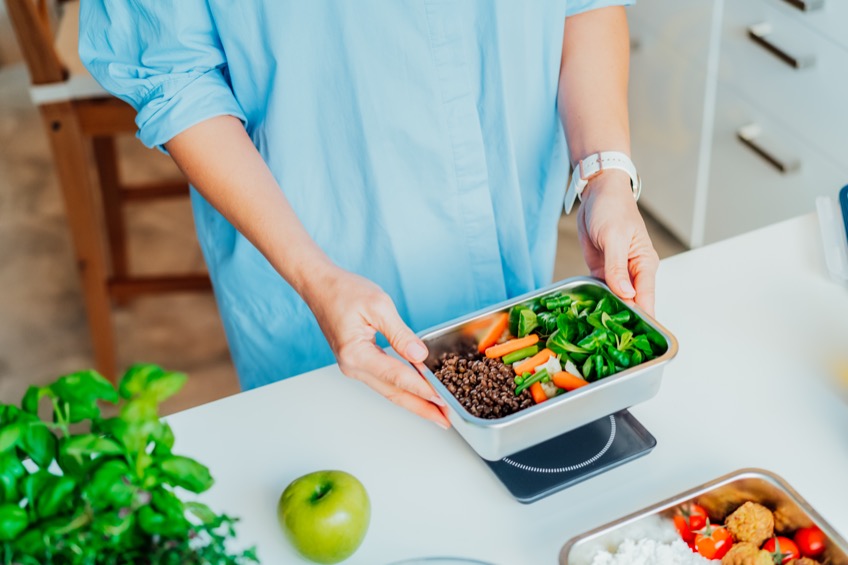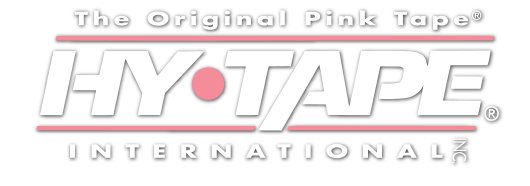
After ostomy surgery, a patient’s diet and nutrition will need to be adjusted to accommodate their new situation. Additional nutrients may be needed and old foods may no longer be on the menu. It’s vital for patients to understand what they need to eat and drink in order to stay healthy and comfortable. With the right dietary restrictions and planning, an ostomy patient can live a full life and gain the nutrients they need on a daily basis.
Types of ostomies and general guidelines
Not all ostomy surgeries are the same. Some procedures bypass a small portion of the digestive tract while others bypass more sections or the entire tract. Depending on a patient’s ostomy, they will have to adjust their lifestyle and diet accordingly.
Diet and nutrition with a colostomy
A colostomy procedure removes or bypasses a portion of the large intestine. For the most part, patients with a colostomy do not need to remove any certain foods from their diet completely. However, they should follow a few basic guidelines that all ostomy patients should follow to avoid complications such as diarrhea or constipation. Some guidelines include:
- Limit the intake of foods with insoluble fiber
- Eat 3 sizeable meals daily or 5-6 small ones
- Avoid long gaps between meals to limit gas
- Gradually add new foods to the diet if desired
- Drink 8 to 10 glasses of water daily to help break down food
Diet and nutrition with anIleostomy
An Ileostomy procedure removes or bypasses the entire colon, rectum, and anus. Because this is a much more serious procedure, patients will need to be very careful with their diet. Patients may be prone to stoma blockages, but certain steps can be taken to help alleviate problems:
- Slowly add high-fiber foods to the diet
- Slowly introduce fruits and vegetables
- Track which foods cause issues and which do not
- Eat a variety of foods to ensure the body receives the nutrients it needs
- Ensure the ostomy bag is regularly emptied and secured properly with Hy-Tape
Diet and nutrition with a Urostomy
A urostomy procedure involves bypassing the bladder for the removal of urine. While food restrictions aren’t a major problem, patients need to consider their liquid intake on a daily basis as urinary tract infections can be common. Here are a few tips for living with a urostomy:
- Drink at least 10 glasses of water per day to stay hydrated
- Take electrolytes as a supplement or through liquids
- Eat foods high in liquid content such as melons
- Avoid excess caffeine which can act as a diuretic
- Sip liquids slowly and do not chug any drinks
Handling an ostomy bag
After an ostomy procedure, patients will need to take good care of their ostomy bag. These bags connect directly to the stoma (opening) that was created during the procedure. The bag needs to be emptied regularly and secured again properly. With regular practice, patients will get used to the routine and be able to take care of their ostomy bag the right way.
Patients should consult with their doctor to determine how often they need to empty their ostomy bag. Typically, ostomy bags are emptied 4 times per day or whenever needed. Carefully removing the bag and reattaching it with high-grade medical tape (such as Hy-Tape) can help ensure a comfortable experience.
Securing an ostomy bag
Keeping an ostomy bag properly attached to the stoma is important for an ostomy patient. If the bag becomes prematurely disconnected, there can be leakage and unsanitary conditions. Proper ostomy bag care is essential to keep comfortable, sanitary, and odor-free.
Medical-grade tapes like Hy-Tape can hold the bag tightly against the body to help avoid any problems. Hy-Tape also provides a water-proof seal at the stoma connection, ensuring no leakage.
A properly secured ostomy bag can make life much easier for an ostomy patient. It lowers the risk of infection, odor, and leakage.
Why use Hy-Tape for ostomy care
Hy-Tape is known for its many medical uses, including securing ostomy bags. This tape provides a variety of benefits, including:
- A waterproof seal – Hy-Tape is designed to keep liquids and foreign material out, helping patients to avoid infection. It also keeps ostomy liquids inside the bag so as to avoid odors and leakage.
- Comfortable flexibility – Hy-Tape allows patients to move freely without fear of loosening the tape. Hy-Tape is made to be flexible while holding firm to the body.
- Easy on the skin – Hy-Tape is made with the patient’s skin in mind. When ostomy bags need to be changed or emptied, skin irritation is a concern. Hy-Tape’s zinc oxide protects the skin, making it easy to remove the tape without damaging the skin.
Any patient that has gone through an ostomy procedure should consider Hy-Tape as their primary medical tape to secure their ostomy bag. Contact us today to learn more about the many Hy-Tape products that could make life for an ostomy patient much easier.
More on the topic of Ostomy:

